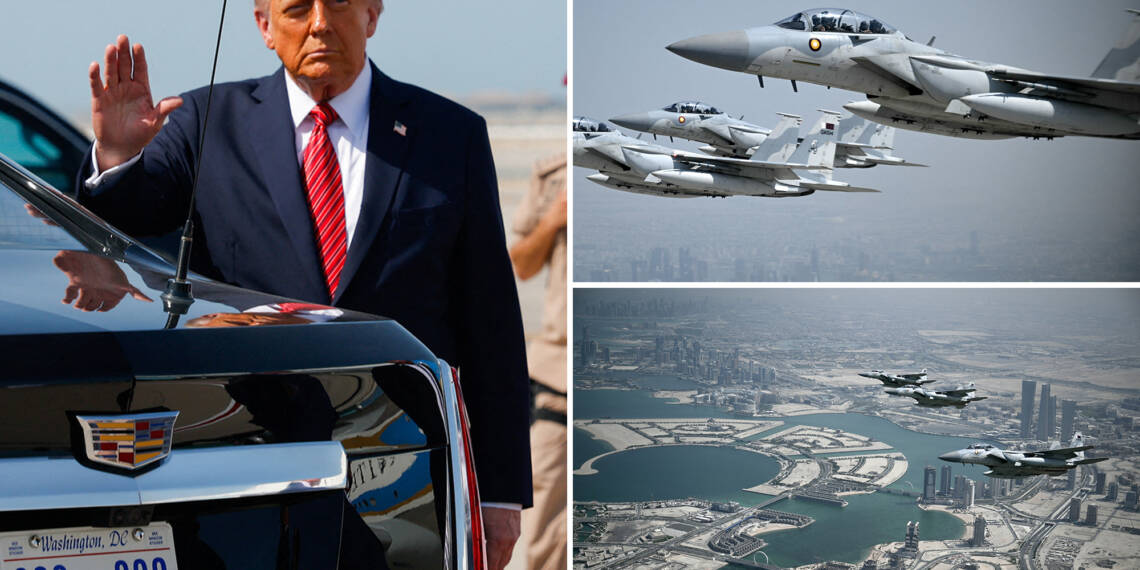In a strategic move signaling its moves in the Pacific to counter China, the U.S. has positioned the advanced F-15EX Eagle II fighter at Japan’s Kadena Air Base in preparation for a permanent Indo-Pacific deployment by 2026. The moves are in anticipation of growing Chinese aerial production and regional assertiveness which the US expects to result into an all out clash over Taiwan.
On July 12, two F-15EX jets landed at Kadena, Okinawa, as part of familiarization training under the 85th Test and Evaluation Squadron from Eglin AFB.
Kadena, positioned squarely within the First Island Chain, forms a critical node in U.S. aerospace strategy aimed at deterring Chinese military activity around Taiwan and beyond.
The USAF intends to replace 48 aging F-15C/Ds at Kadena with 36 new F-15EXs, engineered for enhanced firepower and modern combat integration
Key improvements include:
Extended payload capacity with ability to carry more air-to-air missiles.
APG-82 AESA radar, Joint Helmet-Mounted Cuing System (JHMCS), and EPAWSS for defensive resilience.
Fly-by-wire controls, touch-screen cockpit (LAD), and OMS software architecture for rapid upgrades
Designed for lower operating cost and maintainability compared to legacy models.
This makes the F-15EX a robust alternative to stealth fighters, essential amid F-22 budget constraints and F-35 delays.
Air Force officials describe the F-15EX as a “cost-effective force multiplier,” capable of complementing stealth fighters like the F-35 and F-22 while offering lower maintenance and operational costs.
Permanent Deployment by 2026
The U.S. Air Force has confirmed plans to permanently station a full squadron of F-15EX fighters at Kadena by spring 2026. This will restore Kadena’s full operational fighter capacity, replacing the older F-15Cs that were gradually withdrawn starting in 2022.
While temporary rotations of F-22s and F-35s have helped maintain a U.S. presence at the base, the deployment of the F-15EX marks the first permanent re-stationing of new fighter aircraft to the region in decades.
Brig. Gen. Derrick Taylor, director of strategic plans for Pacific Air Forces, stated that Kadena’s geographical location and infrastructure make it ideal for forward-deployed air power capable of rapid response across East Asia.
The decision comes amid growing concerns over China’s accelerating military modernization. According to Pentagon estimates, the People’s Liberation Army (PLA) now operates:
Over 2,100 fighter jets and approximately 200 H-6 bombers.
More than 200 J-20 stealth fighters, with even more advanced jets like the J-36 and J-50 in development.
China is also producing fighter aircraft at a faster rate than the United States, by a margin of 1.2 to 1. This growing numerical advantage is a primary reason why U.S. officials are reinforcing existing airbases in the Indo-Pacific.
In recent testimony, INDOPACOM Commander Admiral Samuel Paparo warned that the U.S. risks losing air superiority within the First Island Chain if permanent fighter deployments are not maintained.
The permanent deployment of F-15EX fighters to Japan marks a strategic shift in how the U.S. maintains forward presence in the Indo-Pacific. The US has made its intentions clear that any movements towards Taiwan will invite repercussions. However China too has long been preparing its power in the Indo Pacific, with both powers unrelenting the Pacific clash is sure to escalate further.








